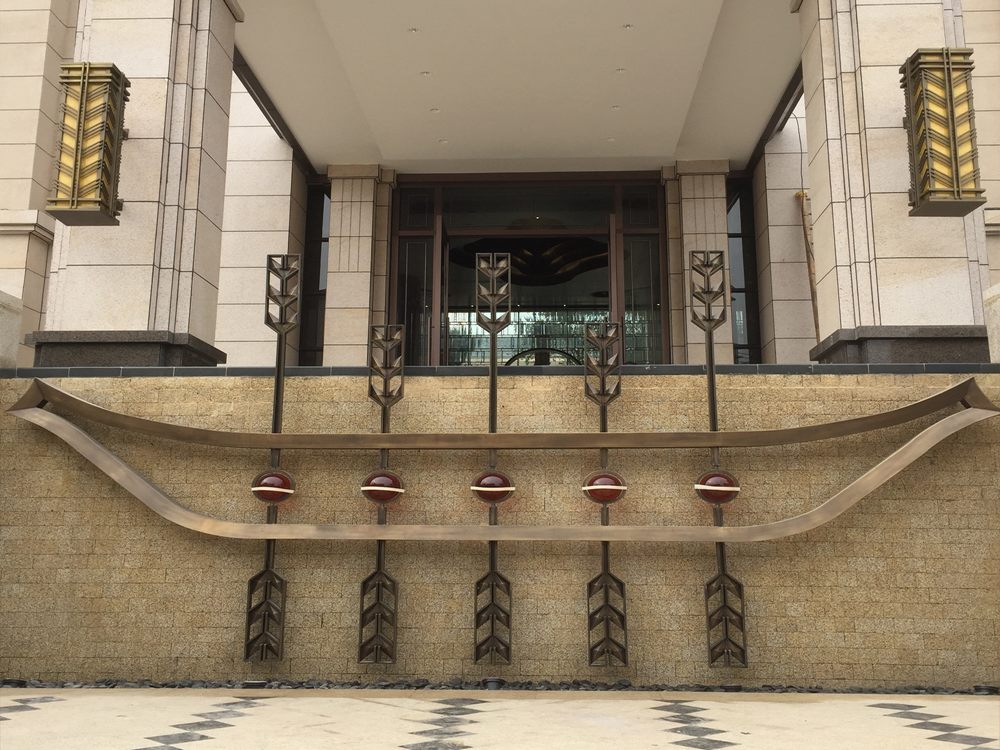
Stone sculpture has been a revered art form for millennia, but modern artists are pushing boundaries with experimental approaches. Traditional methods rely on time-honored techniques using chisels, hammers, and abrasives to carefully remove material from stone blocks. These processes emphasize precision, patience, and respect for the stone's natural properties.
Experimental stone sculpture breaks from convention by incorporating power tools, chemical treatments, and even digital technology. Artists might use angle grinders, sandblasters, or 3D scanning to achieve unconventional forms. Some experiment with stone composites or combine stone with other materials like metal or glass.
The philosophical differences are equally significant. Traditional sculpture often seeks to reveal the "spirit" within the stone, while experimental approaches may prioritize conceptual expression over material integrity. Contemporary methods also allow for faster production and more radical transformations of the stone.
Both approaches require deep material knowledge, but experimental methods offer expanded possibilities for texture, negative space, and abstract forms. As the art world evolves, many sculptors now blend traditional craftsmanship with innovative techniques to create truly unique stone artworks.

